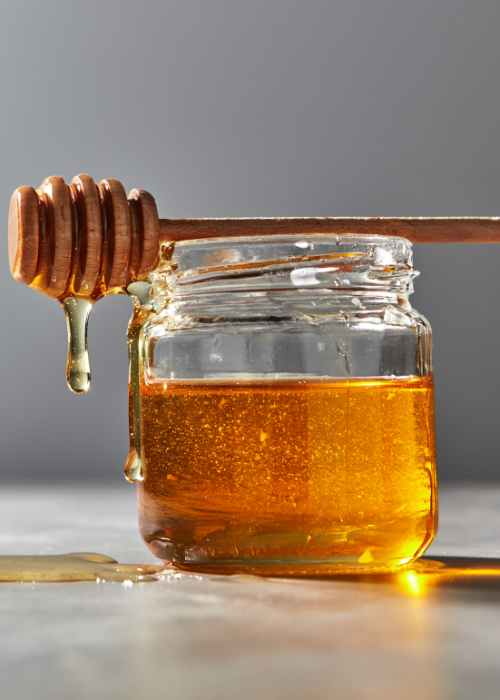MENUMENU

Research > Scientific Contributions
Valeria Leoni, Panseri Sara, Luca Giupponi, Radmila Pavlovic, Carla Gianoncelli, Gloria Coatti, Giangiacomo Beretta, Annamaria Giorgi
BACKGROUND
Red raspberry (Rubus idaeus L.) is an important nectar source for honey production in some specific habitats as well as an important crop, so the definition of the features of this kind of honey is noteworthy. However, due to its rarity on the market, red raspberry honey is poorly characterized. The aim of this work was the phytochemical characterization of honey containing red raspberry from different geographical origins, through melissopalynological analyses concurrently to untargeted metabolomics achieved with different chromatographic techniques coupled to mass spectroscopy (Solid-Phase Micro-Extraction (SPME)/Gas Chromatography/Mass Spectrometry (SPME-GC-MS) High-Performance Liquid Chromatography/Mass Spectrometry Orbitrap (HPLC-Orbitrap).
RESULTS
Only 4 out of the 12 samples involved in the study contained raspberry pollen as dominant pollen, although these honeys did not group in the hierarchical cluster analysis (HCA) neither in the classical multidimensional scaling (MDS) analyses used for data evaluation. The first result was the detection of mislabelling in two samples, that contained raspberry pollen only as minor or important minor pollen. Of the 188 compounds identified by HPLC-Orbitrap and of the 260 identified by SPME-GC-MS, 87 and 31 compounds were present in all samples, respectively. The structurally related compounds nicotinaldehyde and nicotinamide, nicotinic acid and nicotinyl alcohol, were present in 100% of the samples and correlated with R. idaeus pollen count (r>0.60, Pearson’s correlation analysis).
CONCLUSION
This study reveals important aspects about the characterization of red raspberry honey and could give new insights on bee diet and preferences, since niacin compounds resulted interestingly related to the presence of red raspberry pollen.
